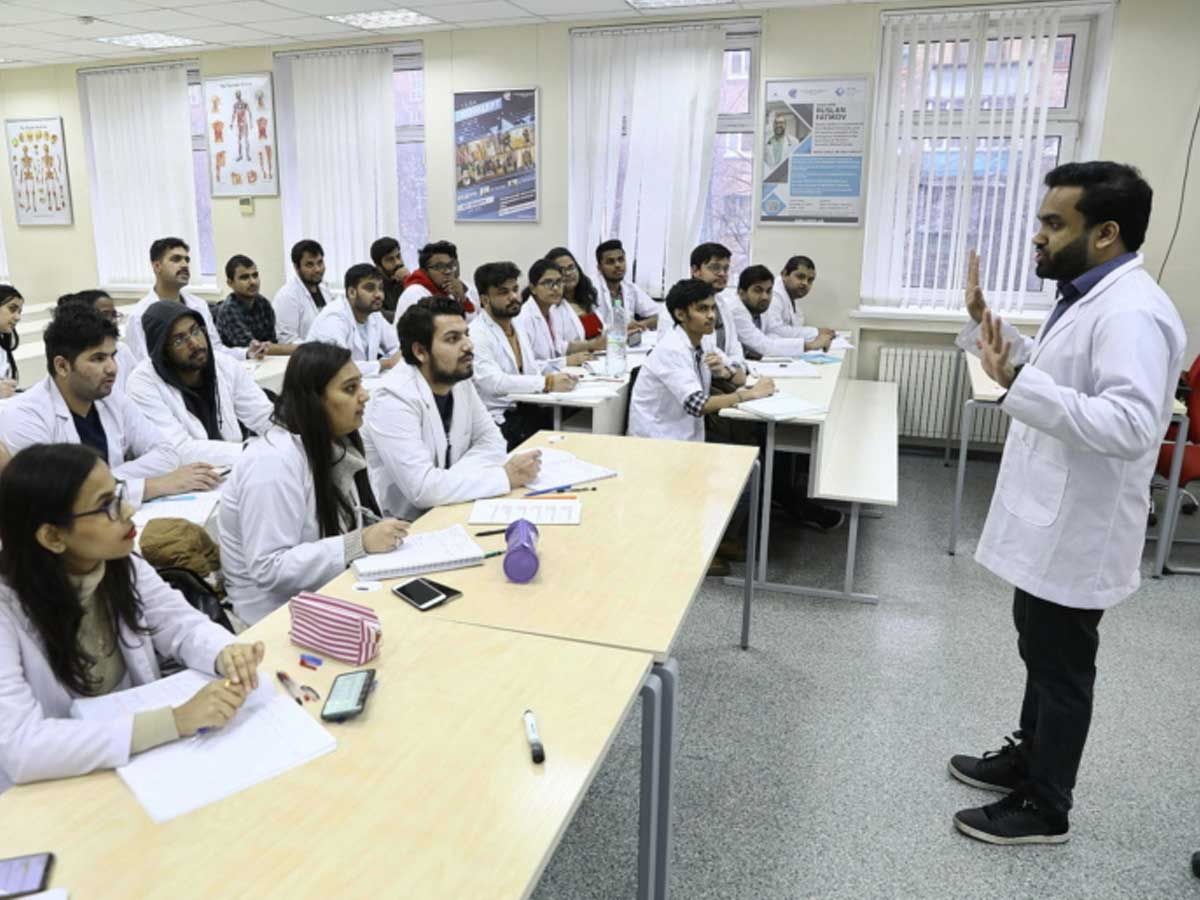
Two genes involved in the process of apoptosis—ATXN2L and MMP14—are the connecting factor between rheumatoid arthritis and osteoporosis, according to research led by Chang Gung University in Taiwan.
The authors hope that this information can be used to design better targeted therapies for people with these two debilitating conditions.
The autoimmune disease rheumatoid arthritis occurs when immune cells attack a person’s joints causing inflammation and damage to the surrounding bone and cartilage. Osteoporosis, where low bone density leads to weakened bones, is often diagnosed in people with rheumatoid arthritis making treatment of both conditions more challenging.
The process of apoptosis, also known as programmed cell death, is used to remove damaged or unneeded cells by the body. However, it can sometimes malfunction and target healthy cells causing health problems as a result.
“In rheumatoid arthritis, excessive apoptosis of bone-forming cells contributes to joint destruction and inflammation,” said first author of the APL Bioengineering paper Hao-Ju Lo, Da-Chien General Hospital, Taiwan, in a press statement.
“This same process also leads to weakened bones in osteoporosis, emphasizing the need to manage both conditions simultaneously.”
The researchers used bioinformatics techniques and microarray data to look for genes with different expression in both rheumatoid arthritis and osteoporosis that were also related to apoptosis.
The researchers found two genes that appeared to be significantly linked to progression of both rheumatoid arthritis and osteoporosis. ATXN2L plays a role in regulating the apoptotic process and MMP14 is involved in building cartilage. Dysfunction of both these processes could lead to the development of rheumatoid arthritis and osteoporosis.
This research is early stage, but the authors of the study now want to test if their findings could be used to help patients with both of these conditions.
“We plan to validate these findings with experimental studies and explore how targeting these genes could improve treatment outcomes,” said Lo. “Our future research may also involve developing personalized therapies, leveraging AI and machine learning to predict which patients are most at risk for osteoporosis.”









![Best Weight Loss Supplements [2022-23] New Reports!](https://technologytangle.com/wp-content/uploads/2022/12/p1-1170962-1670840878.png)




